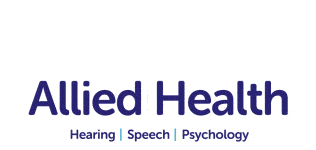Listening Devices for Children
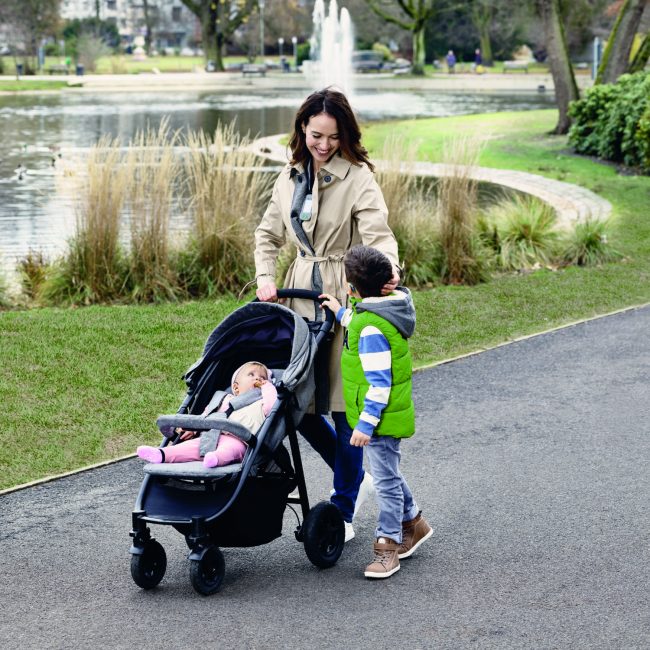
What is a Listening Device?
A personal listening device helps overcome listening difficulties due to background noise, distance, and poor room acoustics. Using a personal listening device children feel like the speaker (e.g., teacher / parent) is talking directly to them (in their ear). This enables them to actively participate in conversations and classroom tasks and has been shown to improve a child’s confidence. Personal listening devices are available for people with and without hearing loss. There are two parts to a personal listening device; the transmitter (microphone) which is worn by the person speaking (i.e. parent / teacher), and the receiver which is worn by your child. Each part has several options (see below).
At Little Allied Health, we recommend Roger technology by Phonak, which maximises speech understanding in noise and over distance using both digital and dynamic processing. Dynamic technology refers to the device’s ability to monitor the background noise level in the classroom and adjust the gain (volume) applied to the teacher’s voice accordingly.
Phonak Transmitters
The two most commonly recommended transmitters are the Roger On and Roger Touchscreen. Both of these devices are simple to use and intuitive, making them the perfect microphone for a teacher to wear around their neck or for the device to be placed on a table for your child to actively participate in group work.
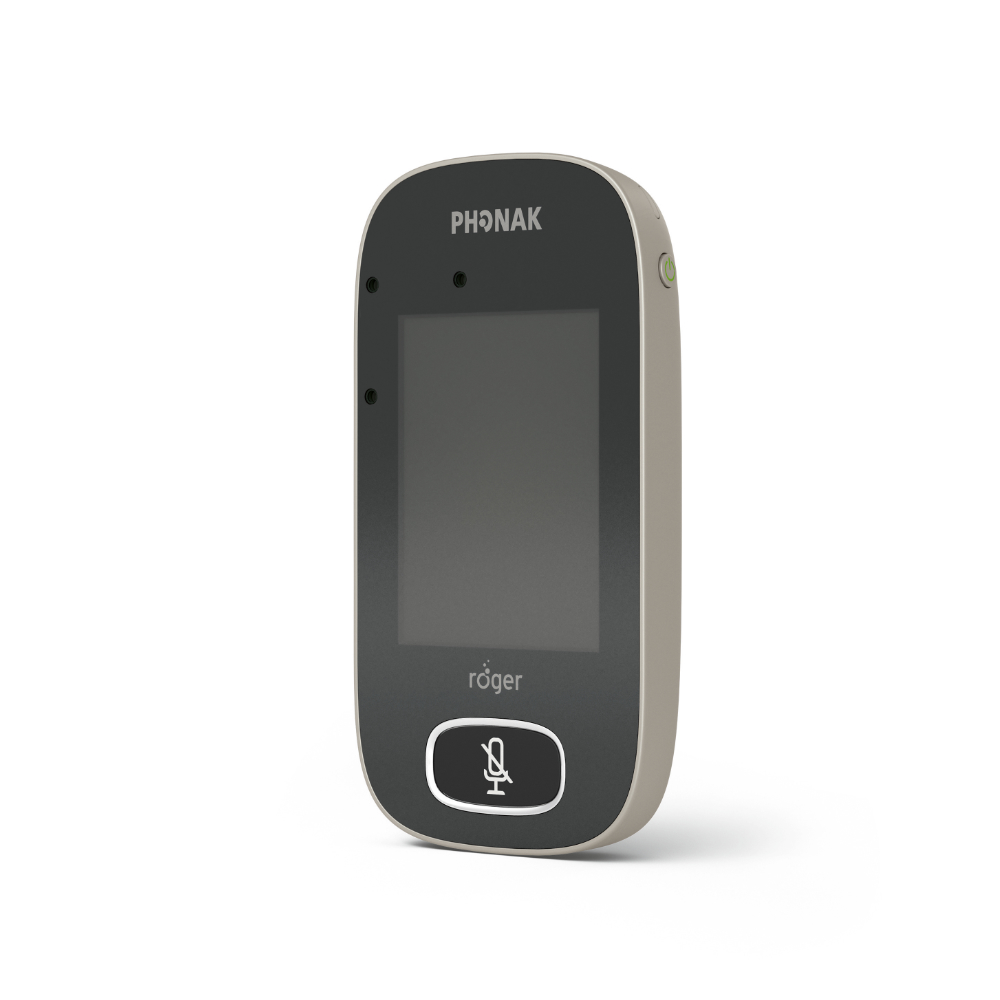
Roger Touchscreen – The Roger Touchscreen is primarily used for Education. It is the only transmitter that can be used with Roger Soundfields and is also compatible with about every hearing aid and cochlear implant.
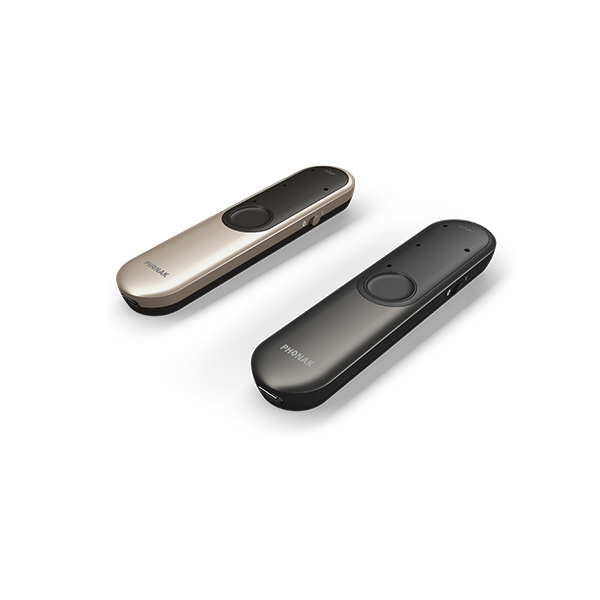
Roger On – is the newest transmitter to join the Roger family. Roger On offers all the same benefits of Roger Touchscreen in a smaller, compact, user friendly device. Easy to use on weekends, at school sporting events and in the classroom. Roger On is not compatible with Roger Soundfields.
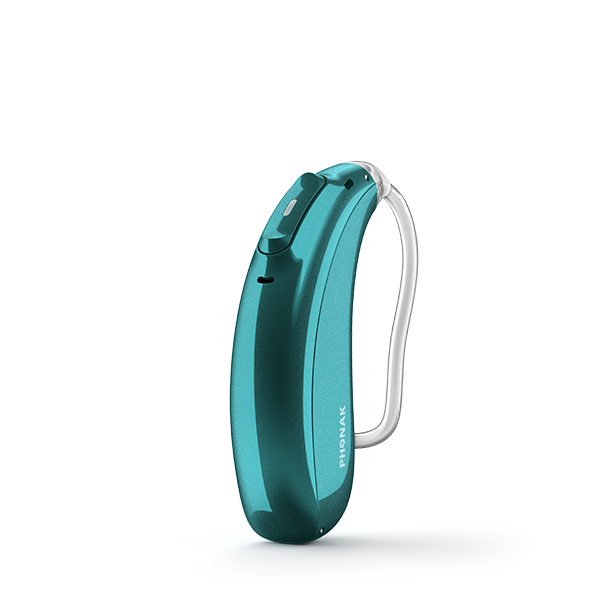
Phonak Receivers
Phonak receivers pair with the transmitter to help your child focus by delivering the speaker’s voice directly to their ear. Your child may like an ear level receiver (Roger Focus) or prefer to use headphones (Roger Neckloop).
Roger Focus is a lightweight, ear level receiver that is rechargeable and comes in a range of colours. For some children, this style of device can be more difficult to manage as it is smaller and less robust. However, many children have great success and enjoy its flexibility.
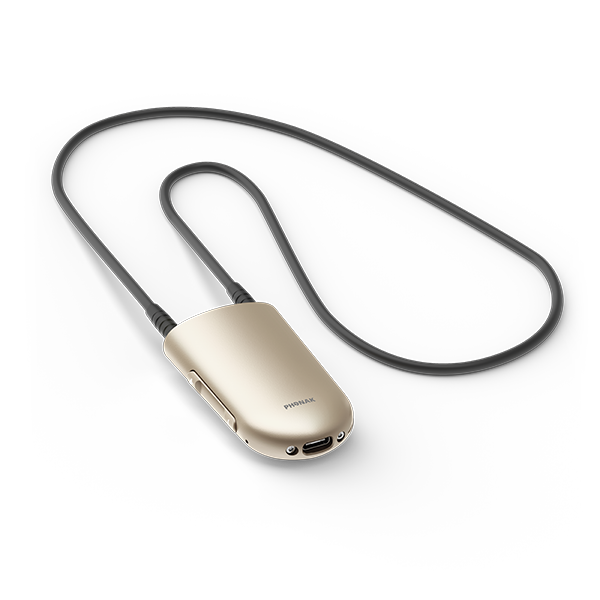
Roger NeckLoop – is larger and more robust and easier to use. Your child is able to choose headphones to connect with this device (your audiologist will guide you on the best options).
Children spend 45-75% of their time listening to their teacher and peers in their classroom (National Acoustic Laboratories, 2016). Classrooms are subject to high noise levels, and in contemporary classrooms, with open planned learning environments and a strong emphasis on collaborative group work, this noise level has increased. Background noise, the distance between the teacher and your child, and poor room acoustics can all negatively impact your child’s ability to detect and understand their teacher in the classroom. While there are standards for unoccupied classroom acoustics and reverberation times (AS/NZS2107:2000), these standards are not enforced. Studies have further found that children in classrooms with poor acoustic often have lower literacy and numeracy skills. The listening challenges faced by children in complex noisy environments is further exacerbated for children with hearing loss or an auditory processing disorder.
A Soundfield system, is like a personal listening device, however in this set-up instead of the child wearing a personal receiver (headphones or ear-level device) the speaker’s voice is transmitted to a speaker which amplifies the message to the room (e.g., classroom). The teacher is still required to wear a small microphone (transmitter).
At Little Allied Health we recommend the Phonak Digimaster Soundfield System. This system uses digital and dynamic technology. Dynamic technology refers to the devices ability to monitor the background noise level in the classroom and adjust the gain (volume) applied to the teacher’s voice accordingly.
The teacher’s transmitter “Touchscreen” is intuitive, has a small group mode and can be used with multi-media devices (e.g., watching videos through interactive whiteboards etc.).
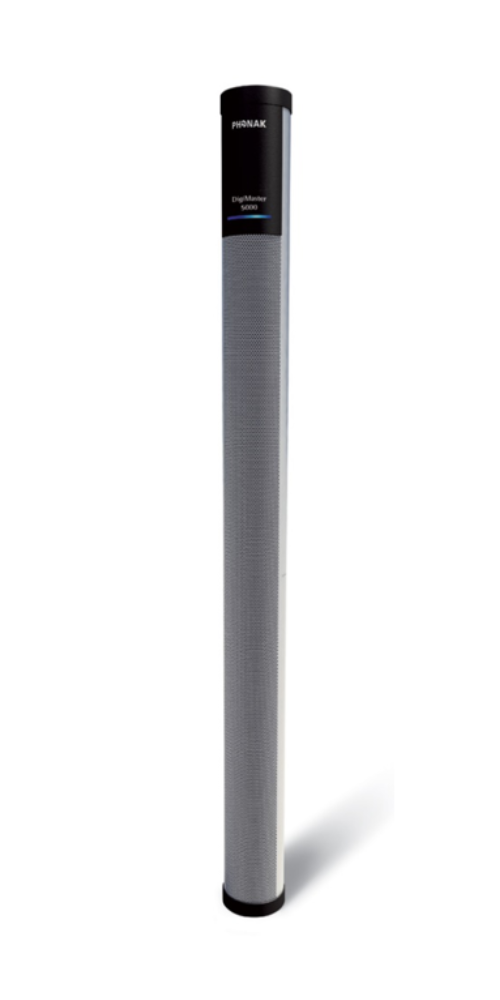
Phonak has developed a single array of 12 speakers which projects the teacher’s voice in a horizontal plane rather than vertical like other systems. This reduces reverberation thereby allowing for lower volume levels to achieve clarity and better outcomes. Older traditional speakers project sound in a cone shape which then reverberates off of ceilings, floors, and walls as well as into the classroom. Increased volume is required to deliver the signal due to the need to overcome reverberation.
Phonak Soundfield systems may also be used with Phonak personal receivers for children who require extra benefit to hear and maintain their attention in reverberant rooms. Here the teacher wears the transmitter which amplifies his/her voice to both a classroom speaker and to a child’s personal receiver.
Please contact us for information regarding the purchase of a soundfield system. The type and size of system you need is dependent on the size of your classroom.
At Little Allied Health, we have several personal listening devices available for trial. An appointment will be made with your child’s audiologist to demonstrate to you and your child how to best use the device. Clear written information is also provided for you and your child’s teacher. Should you find the trial beneficial and wish to purchase a device a discounted purchase price will apply. We are happy to provide written quotes for NDIS if required. You will need to contact your private health fund to determine whether any other rebates may apply.
Do I need a referral to see an audiologist?
You don’t need a referral to see an audiologist, although you may be able to access Medicare rebates when referred by an Ear, Nose & Throat Specialist, a Neurologist, or if your child has a Team Care Arrangement. Alternatively, audiology sessions may be claimable from your private health provider. If you have access to funding through the National Disability Insurance Scheme (NDIS) we can provide services to self-managed and plan-managed clients.

